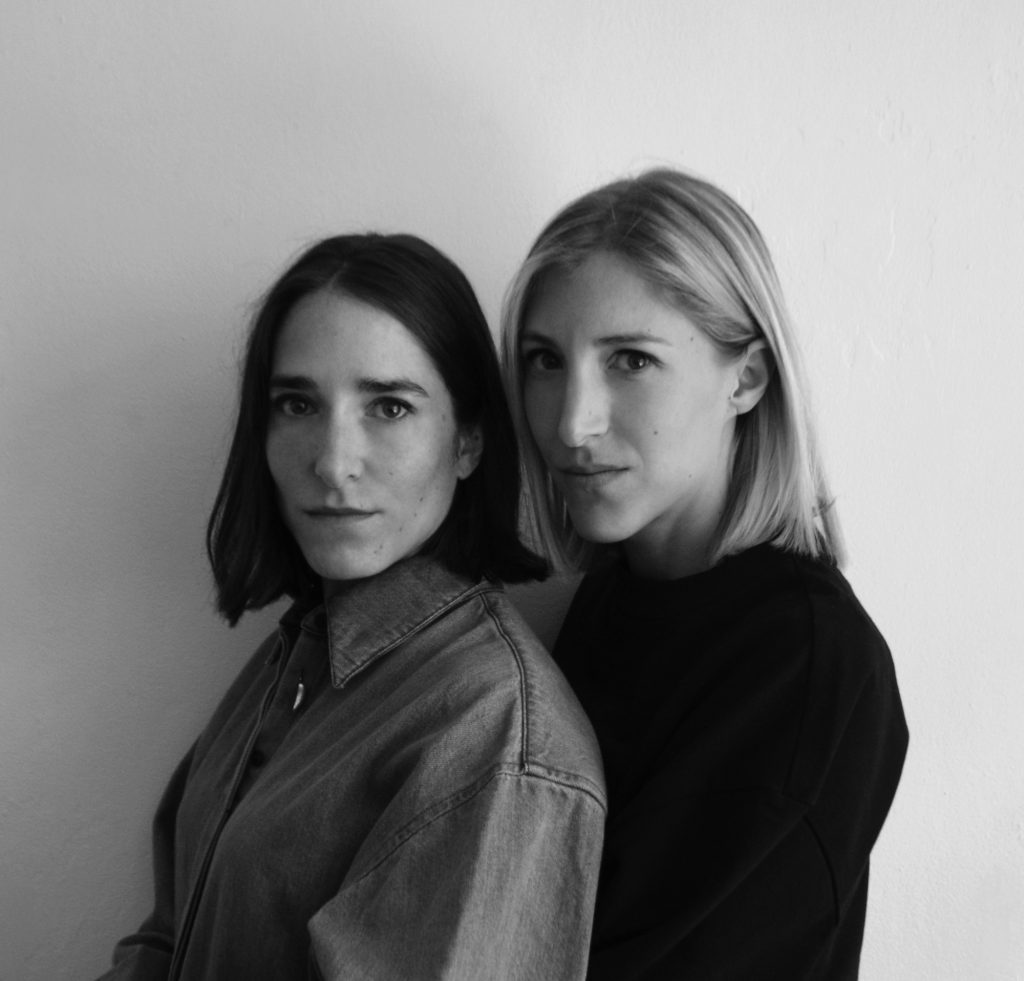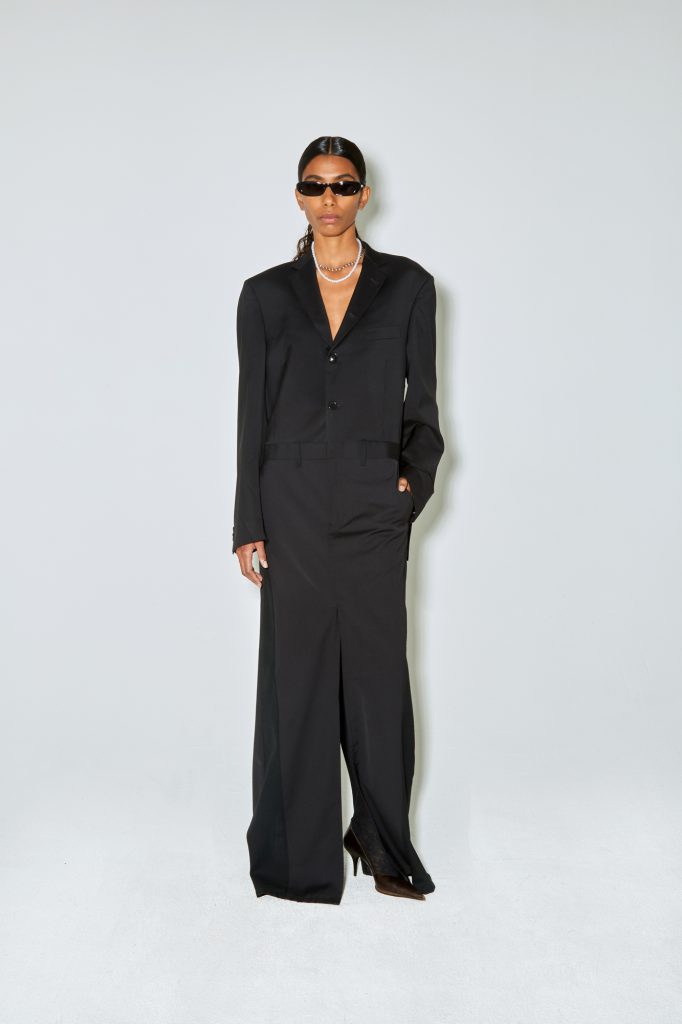

Façon Jacmin, founded by twin sisters Alexandra and Ségolène Jacmin, merges the worlds of fashion and engineering to create sustainable, innovative denim. With a unique blend of creative and technical expertise, they are transforming the fashion industry one upcycled garment at a time.
hube: As twin sisters with distinct backgrounds, how do your personal experiences and perspectives influence the design process at Façon Jacmin? Could you share an instance where this duality resulted in a particularly innovative or unexpected outcome?
Ségolène Jacmin: I have a more academic and mathematical background, having studied civil engineering. I’m quite down-to-earth. I’ve always wanted to have my own brand of clothes I could wear every day and on all occasions. I loved Alex’s idea of innovating around denim and using that fabric in a more sophisticated way. She studied fashion design for five years at the well-renowned school La Cambre and worked at Maison Martin Margiela and Jean-Paul Gaultier before launching Façon Jacmin. Denim is a fabric that I find very accessible and suitable for everyone, but I really liked how Alexandra used it differently, revisiting the traditional codes of jeans.
During the first two years of Façon Jacmin, I managed the brand’s commercialisation myself. I decided to approach it differently, allowing me to be on the ground and get to know the people and clients. I also wanted to surprise people by commercialising the clothes. That’s why I came up with the idea of a mobile boutique – an old-timer truck decorated as a store with lights, a fitting room, shelves, racks and more. People loved the experience, and it proved to be a very successful way of selling. On Saturdays, I was at a fixed location in Antwerp and on Sundays, I was in Brussels.
h: Fashion often intertwines with societal issues. How does Façon Jacmin use its platform to address or advocate for social causes and which cause holds particular significance for both of you?
SJ: From the beginning, we opted for a local approach and decided to work with production sites located in Europe. Today, we collaborate with three ateliers in Italy, Bulgaria, and Portugal. Additionally, we source all our fabrics from Italy. We also aim to make fashion more sustainable by integrating upcycling into our collection. One of our long-term goals is to open our own upcycling atelier in Belgium.

